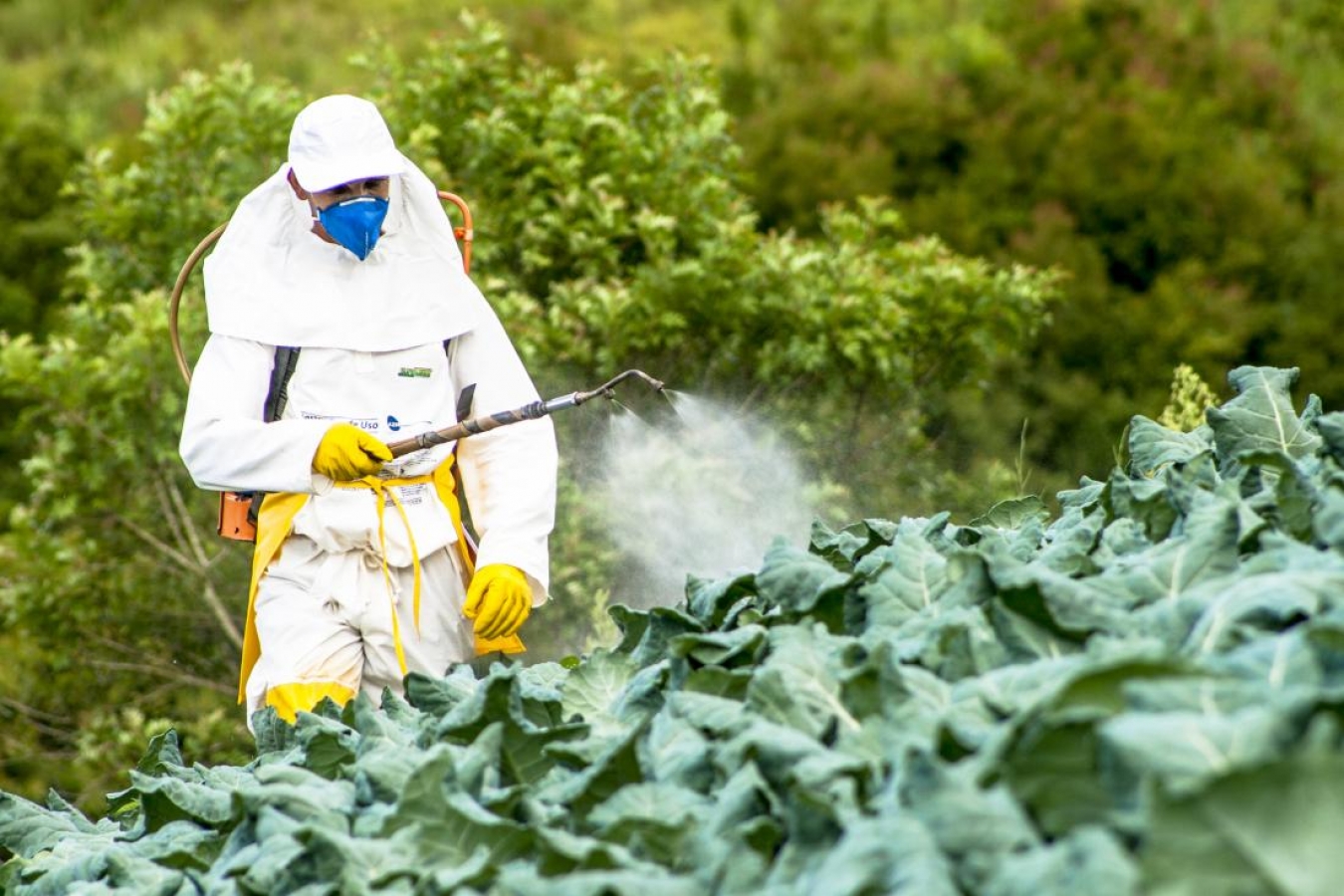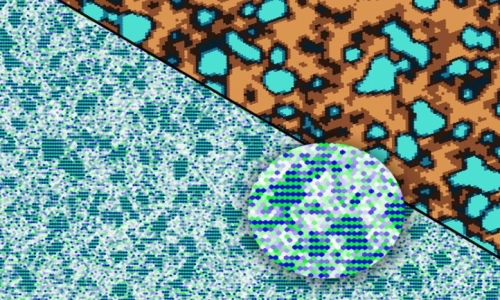


 8:7:28
8:7:28  2019-03-04
2019-03-04  1368
1368

New research, appearing in the BMJ Journal of Neurology, suggests that various pollutants may not only raise the risk of people developing ALS but also make the disease advance faster.
Amyotrophic lateral sclerosis (ALS), also known as Lou Gehrig's disease, is a neurodegenerative condition that affects a person's motor neurons — that is, nerve cells that control the movement of muscles.
The disease is progressive and eventually fatal. In 2015, there were more than 16,000 cases of ALS in the United States.
Researchers do not yet know what causes the condition, but scientists have recently been investigating a range of potential risk factors.
For example, one such study suggested that the mercury in fish and seafood can double the risk of developing ALS in people who consume large amounts of fish.
Pesticides have also recently emerged as a potential risk factor. In 2016, Dr. Eva L. Feldman, of the University of Michigan in Ann Arbor, led a study suggesting that exposure to pesticides, such as dichloro-diphenyl-trichloroethane (DDT), methoxychlor, and benzene hexachloride may raise a person's risk of developing ALS in their lifetime.
Now, the same team of researchers has uncovered another class of toxins that may have the same effect on ALS risk: polychlorinated biphenyls, which we also know as PCBs.
What is more, the new research suggests that these chemicals may not only raise the risk of developing ALS, but they also speed up the progression of the disease for people who already have it. PCBs also "correlate with poor survival," in people living with ALS, reports Dr. Feldman.
Studying pollutants and ALS progression
In 2016, Dr. Feldman and her team found increased levels of pesticides in the blood of people living with ALS.
In the new study, the researchers examined the blood levels of various pollutants in 167 people with ALS.
The scientists divided the participants into quartiles, which they based on blood tests and the quantities of pollutants they found in their blood.
The study found that participants in the highest-concentration quartile were likely to survive for 1 year and 11 months, on average.
By contrast, people in the lowest-concentration quartile had an average survival period of 2 years and 6 months.
Dr. Stephen Goutman, a neurologist at Michigan Medicine and the study's first author, comments on the findings, saying, "Our concern is that not only are these factors influencing a person's likelihood to get ALS, but also speeding up disease once they have it."
Effects of pollutants may last for decades
Dr. Feldman points out that the state of Michigan has one of the highest incidences of ALS cases of any state in the U.S. A potential reason for this, she ventures, is the fact that Michigan is "both an industrial and agricultural state."
The agricultural history of Michigan means that people have used a wide range of pesticides and environmental chemicals, which can reach water supplies and persist in soil or river sediments for decades.
PCBs are industrial chemicals that people use for "electrical insulators, capacitors, and electric appliances, such as television sets or refrigerators." The U.S. banned the substances in 1979.
However, because the chemicals take decades to degrade, the consequences of PCB use may still persist, to this day.
"If these chemicals are getting into the water bodies, such as lakes and rivers, in Michigan, this could be a source of exposure for everybody," Dr. Goutman says.
"These persistent, environmental chemicals take a long time to break down, sometimes decades. Once you're exposed, they may accumulate in your body. They get into the fat and can be released into the blood."
"We're particularly concerned about ALS patients who have been exposed to higher amounts of these chemicals," Dr. Goutman adds.
"As pollution changes the environment, we are being exposed to more and more toxins. We don't yet know how this is going to contribute to human disease over time," he continues.
"If we can determine what these chemicals are doing to our organs, brains and motor neurons, then we can develop drugs to counteract those effects." – Dr. Stephen Goutman
Dr. Feldman echoes Dr. Goatman's sentiments, saying, "Our research shows that environmental pollution is a public health risk that we believe must be addressed."
By Ana Sandoiu, Medical News Today
Reality Of Islam |
|

A tiny robo

By applying

Stanford, C

A new study
 9:3:43
9:3:43
 2018-11-05
2018-11-05
10 benefits of Marriage in Islam
 7:5:22
7:5:22
 2019-04-08
2019-04-08
benefits of reciting surat yunus, hud &
 9:45:7
9:45:7
 2018-12-24
2018-12-24
advantages & disadvantages of divorce
 11:35:12
11:35:12
 2018-06-10
2018-06-10
 6:0:51
6:0:51
 2018-10-16
2018-10-16
 3:42:22
3:42:22
 2021-12-24
2021-12-24
 2:11:12
2:11:12
 2022-10-15
2022-10-15
 8:25:12
8:25:12
 2022-03-09
2022-03-09
 6:28:21
6:28:21
 2022-12-20
2022-12-20
 7:6:7
7:6:7
 2022-03-21
2022-03-21
 2:42:26
2:42:26
 2023-02-02
2023-02-02
 8:3:0
8:3:0
 2018-06-21
2018-06-21
 5:41:46
5:41:46
 2023-03-18
2023-03-18
| LATEST |